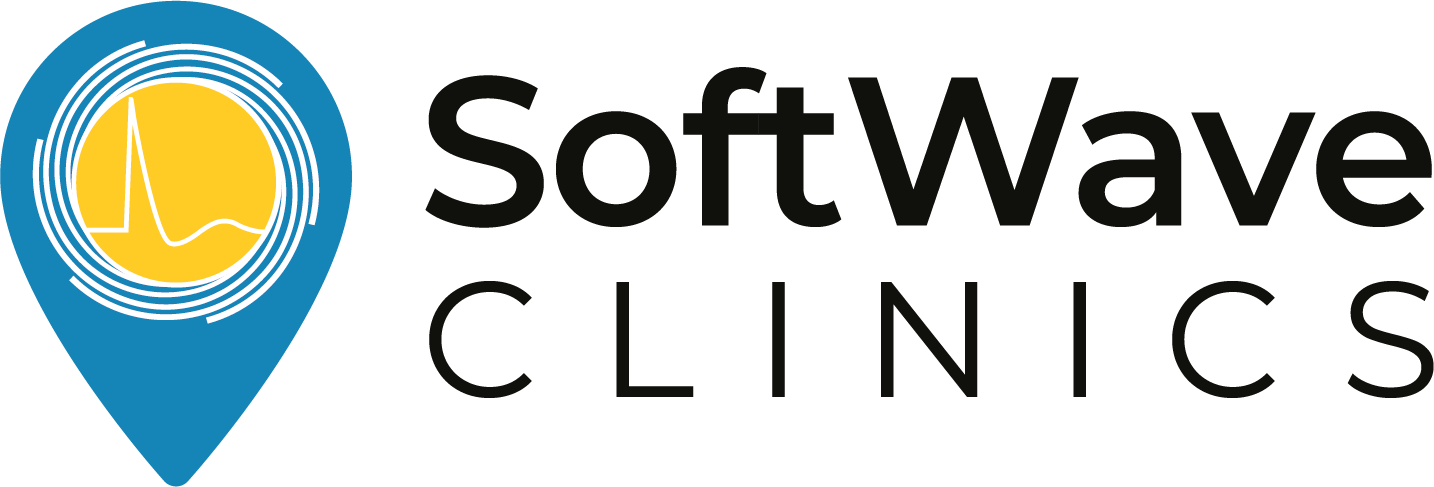Effects of Low-Energy Shock Waves on Oral Bacteria
Title: Effects of low-energy shock waves on oral bacteria
Authors: K F Novak, M Govindaswami, J L Ebersole, W Schaden, N House, M J Novak
Low-energy shock wave therapy (ESWT) has been found to be effective in promoting wound healing and bone regeneration. In this study, researchers aimed to determine if ESWT also had antibacterial effects on oral bacteria.
Six different species of oral bacteria were treated with 100 to 500 pulses of ESWT at various energy flux densities. The treated bacteria were compared to untreated controls to assess their viability.
The results showed that ESWT had a significant antibacterial effect on Streptococcus mutans and a specific strain of Porphyromonas gingivalis. Even as few as 100 pulses at a certain energy flux density resulted in a microbicidal effect against these bacteria (p <or= 0.001). Additionally, lower energy flux densities disrupted bacterial aggregates.
However, no significant reduction in viability was observed for the other tested bacteria at the energy flux densities and pulses used in the study (p > 0.05).
These findings suggest that low-energy shock wave therapy may have bactericidal properties against selected oral bacteria. This means that ESWT could potentially be used as a treatment to kill specific bacteria in the oral cavity, such as Streptococcus mutans, which is associated with tooth decay, and Porphyromonas gingivalis, which is linked to periodontal disease.
